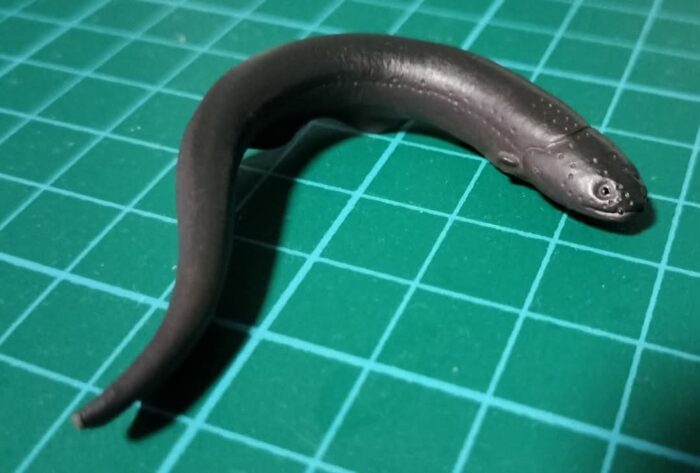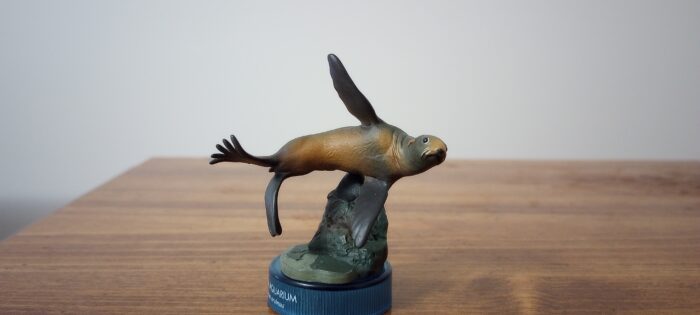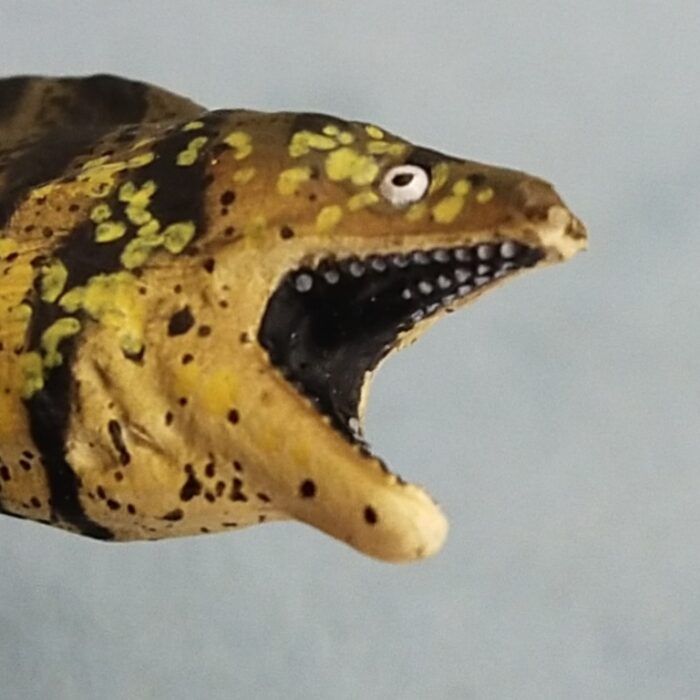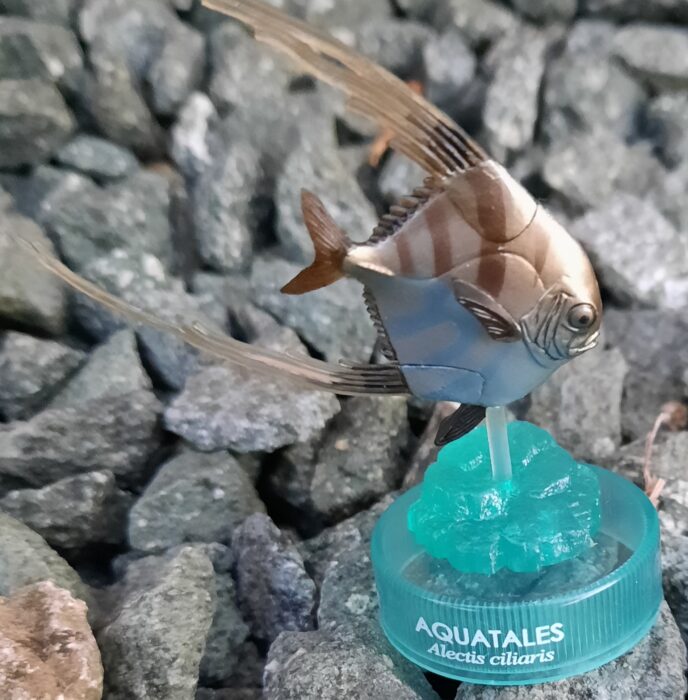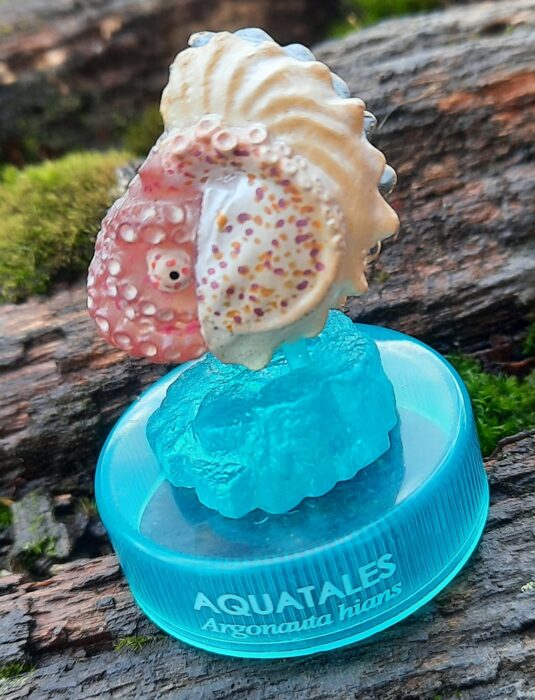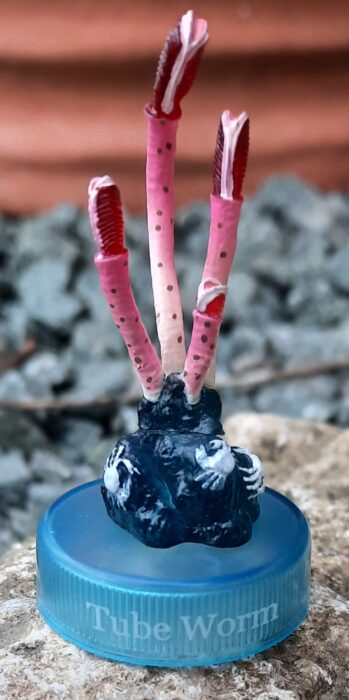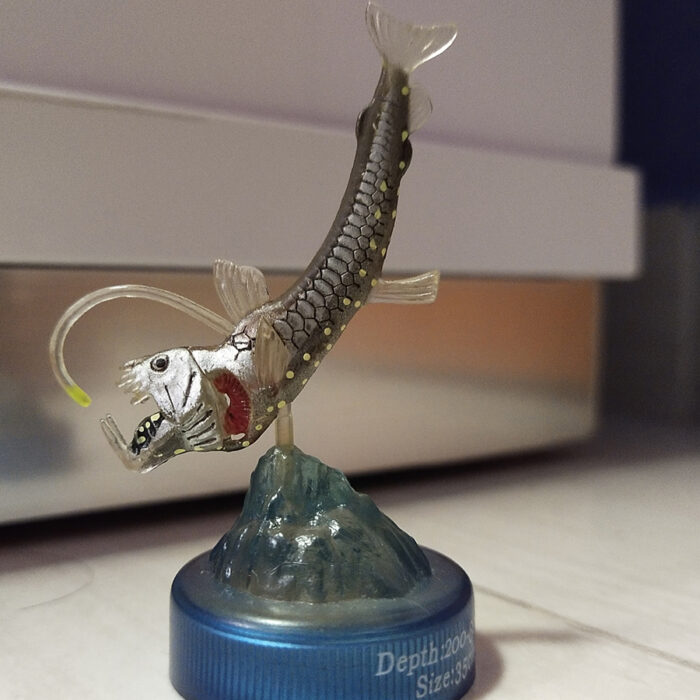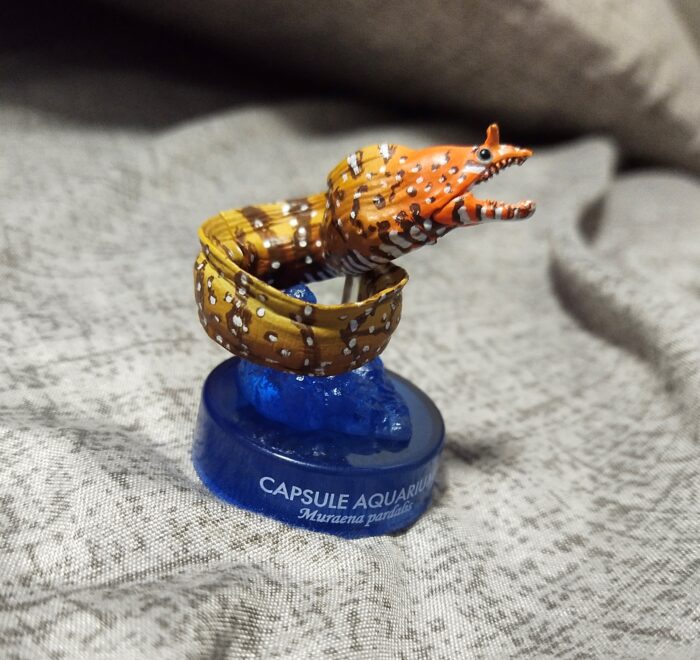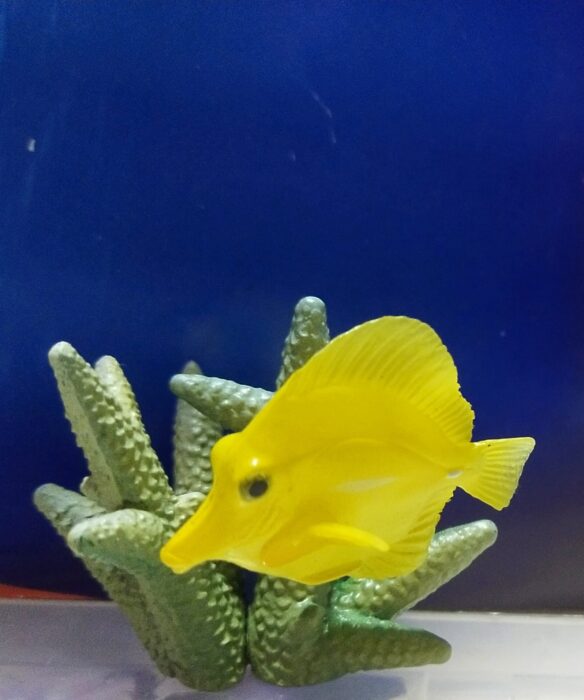Review and images by JimoAi; edited by bmathison1972
The electric eel (Electrophorus electricus) is a species of knifefish, despite their eel-like appearance, that is native to freshwater habitats of the Guiana Shield of South America, with the Amazon Basin and Brazil Shield housing the other members of its genus, E.

